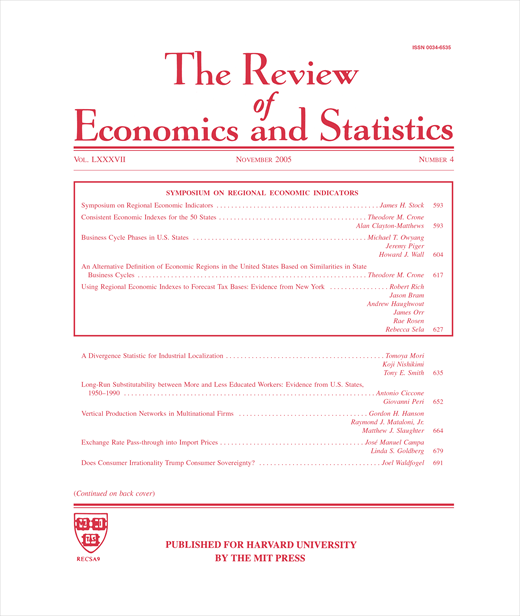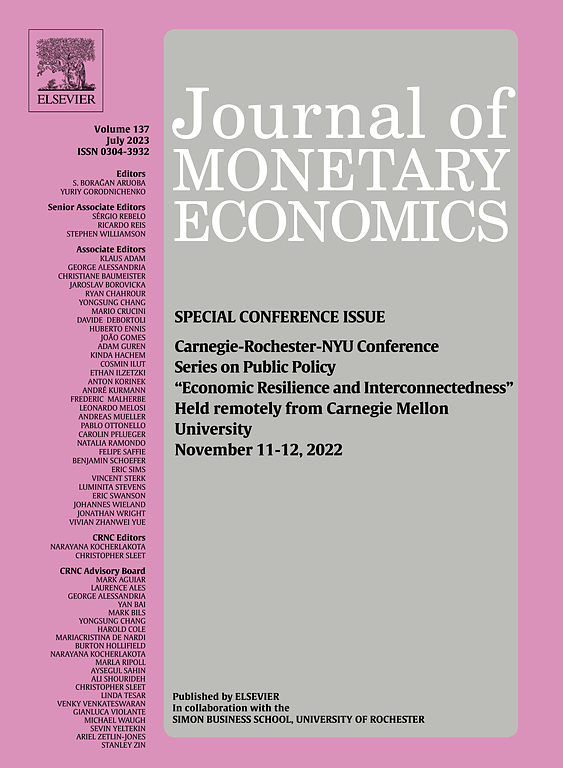Professor Dr Mathias Trabandt

Current Position
since 4/17
Research Fellow Department of Macroeconomics
Halle Institute for Economic Research (IWH) – Member of the Leibniz Association
since 4/21
Professor of Macroeconomics
Goethe University Frankfurt
Research Interests
- macroeconomics
- monetary economics
- epidemics
Mathias Trabandt joined the Department of Macroeconomics as a Research Fellow in April 2017. His research focuses on macroeconomics, monetary economics, public economics, labour economics, international macroeconomics, financial frictions, applied econometrics, and epidemics.
Before joining Goethe University Frankfurt, Mathias Trabandt was a Professor at Freie Universität Berlin. Earlier in his career, Mathias Trabandt was Chief of the "Global Modeling Studies Section" at the International Finance Division of the Federal Reserve Board of Governors in Washington D.C. and held positions as an economist at the European Central Bank, Deutsche Bundesbank and Sveriges Riksbank.








